Ascultă gratuit PODCAST-uL Mind Architect.
Același conținut pe orice platformă:
Podcastul reprezintă conversațiile fundament cu care proiectul a pornit la drum în 2019. Fă un prim pas în universul Mind Architect și ascultă-le gratuit în format audio în rețelele de podcasting sau cu suport video pe canalul nostru de YouTube
20 milioane
de descărcări
11
sezoane

Sezonul 12, Episodul 09 - ADN Vocațion...
În clasa a 11-a, o întâmplare aparent banală îi schimbă complet direcția: descoperă educația nonformală ...
01:35:53
May 09, 2025
Podcastul reprezintă conversațiile fundament cu care proiectul a pornit la drum în 2019. Fă un prim pas în universul Mind Architect și ascultă-le gratuit în format audio în rețelele de podcasting sau cu suport video pe canalul nostru de YouTube
Ascultă gratuit PODCAST-ul Mind Architect.
20 milioane
de descărcări
12
sezoane
Același conținut pe orice platformă:

Sezonul 12, Episodul 09 - ADN Vocațion...
În clasa a 11-a, o întâmplare aparent banală îi schimbă complet direcția: descoperă educația nonformală ...
01:35:53
May 09, 2025
Premii

Cel mai bun podcast la Gala Unica 2024















